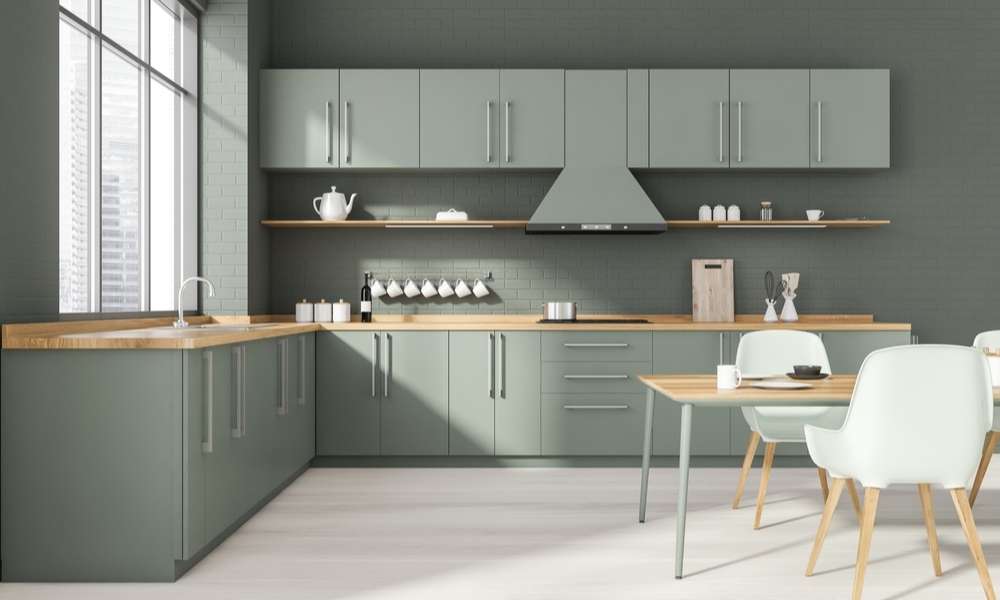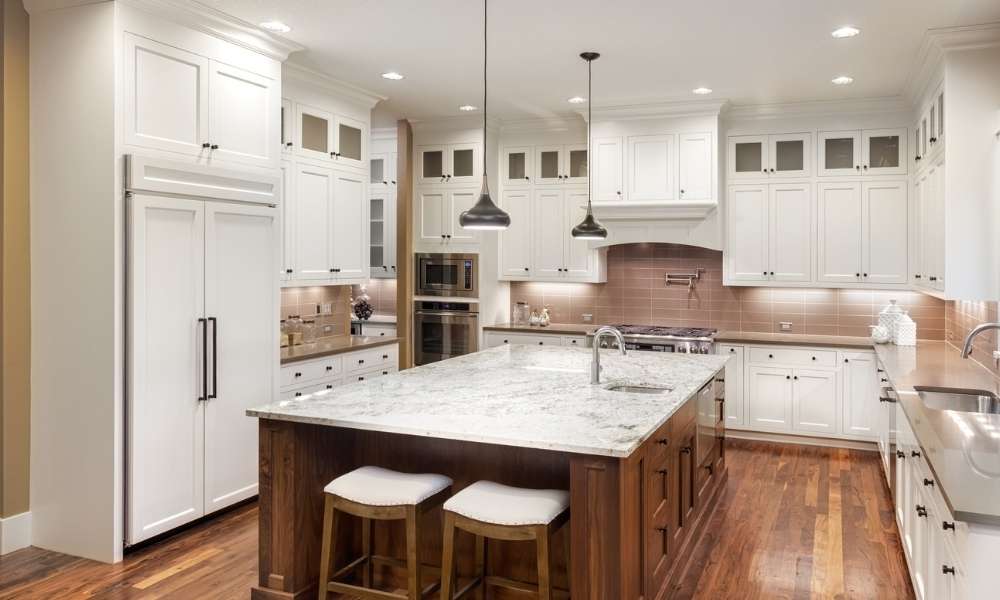Moving kitchen cabinets is a big project and can take up much of your time. But, if you’re looking to save money on remodeling a kitchen, it may be worth the effort. This guide will give you everything you need to know about how to move kitchen cabinets and install new ones in your home. From the tools, you’ll need to what you should do with your plumbing, read on for tips on every step of this process.
What Tools Will I Need To Move Cabinets?
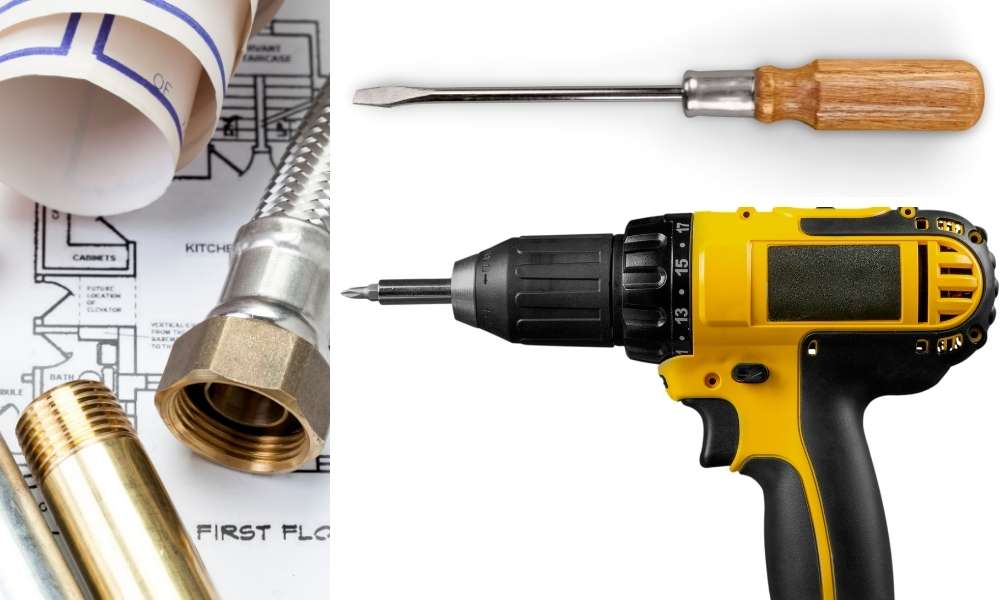
A lot of the tools you’ll need to move kitchen cabinets are probably already in your home. You’ll need a screwdriver, a drill, a level, and some plumber’s putty. But if you don’t have any of these things on hand, check with your local hardware store for all the supplies you’ll need to complete this project.
How Do I Prepare for Moving Cabinets?
Moving cabinets isn’t a difficult task, but it can be time-consuming. Before you start moving your kitchen cabinets, make sure you have all the right tools and prepare your home.
For one, you’ll want to find the perfect height to put your new kitchen cabinets so they line up with other furniture in your kitchen. Sometimes, this means that you need to change how high your kitchen floor is. Hopefully, this is something you’ve already considered and can easily do before moving your cabinets if needed. You will also want to remove any plumbing or electrical lines that may get in the way of installing new cabinetry above them.
You’ll also want to plan for a lot of space when moving kitchen cabinets because it takes up a lot of room. Your best bet is to move them out from the walls so there’s enough room for things like doors and drawers in the future.
How Do I Move the Cabinets?
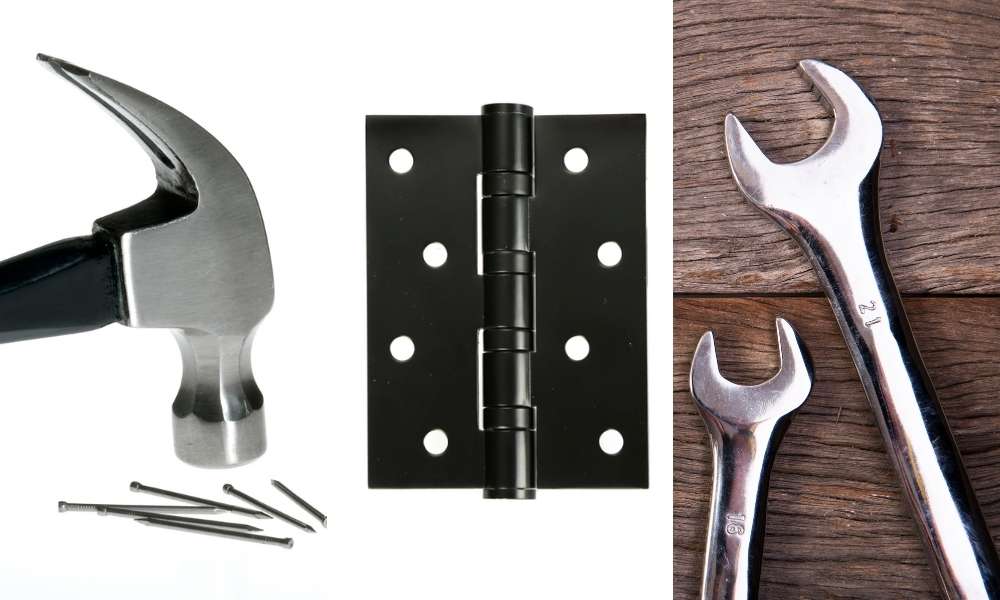
To move your kitchen cabinets, you’ll need a few basic tools, like an adjustable wrench and a hammer. First, remove the hinges from the cabinet doors by loosening the bolts with the adjustable wrench. Then use the hammer to tap out any pins that are holding the hinge in place. You should be able to remove the cabinet door with just one hand now.
Once all of your cabinet doors are removed, it’s time to move them into their new spot. There are different methods for doing this depending on how heavy the cabinets are and what type of flooring you have in your kitchen. For lighter cabinets, it’s best to choose a method that doesn’t require lifting them too high off of the ground – moving them on wheels is a good option. If you have carpeting or tile in your kitchen, try rolling them along on their side so they can be slid across the floor instead of lifted up high off of it.
If you want to avoid any damage to your floors when moving heavier cabinets, there are two other methods that may work better: first, take apart the legs by removing screws and nails with a screwdriver or drill; then put felt furniture pads on the bottom corners of each leg so they won’t scratch up your floors as you’re moving them around.
See More: Best Slipcovered Sofas Review In 2022
What Type of Cabinet Can I Install in My Home?

The type of cabinet you install in your home will depend on the layout of your kitchen.
Choosing the right cabinet is important, as this decision will affect the design and style of your kitchen. If you’re remodeling your kitchen, you may want to consider what cabinets are most popular nowadays. For example, many people like having glass-front cabinets so they can see their dishes and food.
If you’re remodeling a kitchen that has more counter space, consider installing lazy susans or pull-out shelves for easy access to spices or other items that are often used in the kitchen.
How Much Does it Cost to Move Kitchen Cabinets?

Moving kitchen cabinets and installing new ones may be more expensive than you think. Depending on what kind of cabinets you have, the work involved, and where you’re moving to, it can cost around $2,000.
If you want to go with cheaper alternatives, like used cabinets or Ikea’s assembly-required cabinets, the price can go down. You can save more by using old dishwashers and fridge doors to cover up your old cabinets while they wait for their new home. If you’re only moving one set of cabinets, these cheaper options might be a good choice for you.
The price will also depend on the complexity of your move. If you’re looking to switch from upper cabinetry to lower cabinetry or vice versa, that process could take up a lot more time (and money). It may be worthwhile to hire a professional if you’re looking for an exact answer as there is no one-size-fits-all solution when it comes to pricing. Either way, the cost will likely vary depending on the complexity of your kitchen remodel.
Moving Appliances and Cabinets Out of the Way
The first step to moving your kitchen cabinets is clearing the space so you have room to work. Start by moving appliances and other items out of the way. Some people choose to leave appliances in place while they work, but this can make things complicated later on. And remember to unplug anything that requires electricity before you move it!
Next, gather your tools and supplies so you’re ready when it’s time to install your new kitchen cabinets. You will want a tarp or piece of cardboard for each cabinet as well as a level so you can make sure every cabinet is level. You will also need a screwdriver, drill, and screws that are appropriate for the thickness of your cabinets. Lastly, get rid of any old nails or screws in your walls before you start installing new ones.
Put Down Carpet or Tiles to Protect Your Floor

You want to avoid moving any heavy furniture in your kitchen, which can cause damage to both the cabinets and the flooring underneath. Ideally, you should put down a tiled or carpeted area in order to protect your flooring. If that’s not possible, make sure you have some strong pads on hand to place between furniture and the floor as a buffer.
Another important thing to do before you start moving cabinets is to figure out where they are going. That way, you will know ahead of time where they will be once they are moved into the new space. Once you know where they’ll be when they’re done being moved, you can measure the distance from their back to the new place and cut one side off of each cabinet so it will fit through a doorway (or another opening).
What to do Before you Move your Kitchen Cabinets
Before you start moving your kitchen cabinets, there are a few things you’ll want to do before you start. First, prepare the area where the new kitchen cabinet will go. You’ll want to remove any obstacles from the area and make sure it’s level so that your new cabinet will be level when you install it. Next, remove all of the old hardware from your cabinets and label each piece with a number. This will help when reinstalling the hardware on your new cabinets.
Next, disconnect any water lines or gas lines that are attached to the kitchen sink or dishwasher valves and tuck them out of sight. If your water and gas lines run through the wall, disconnect them from their connections behind the sink or dishwasher first. Finally, cover up any plumbing pipes that are still exposed with cloths or foam rubber insulation before installing your new cabinet.
How do you Measure New Cabinets?
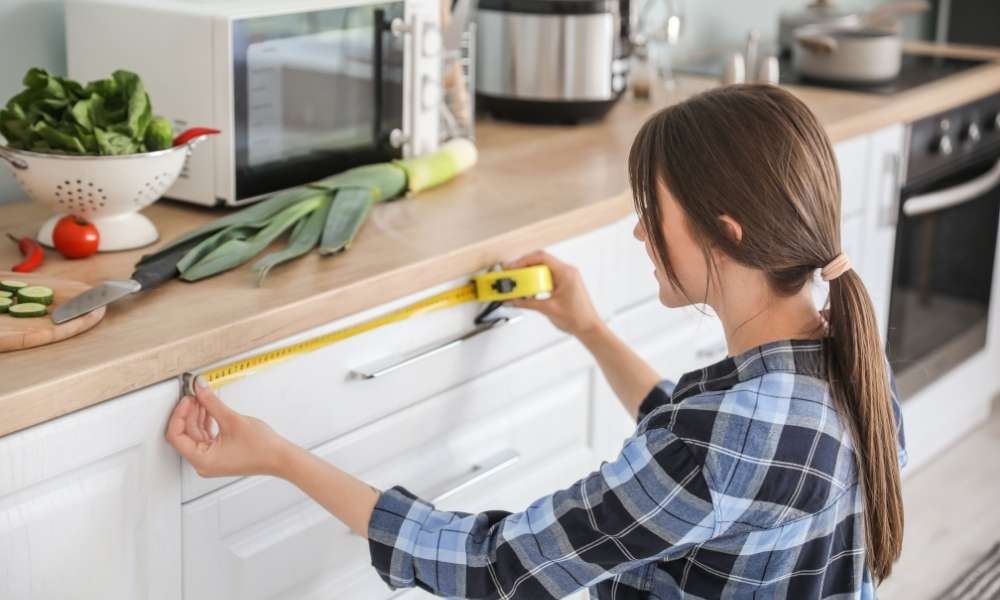
Measure the size of your kitchen and account for any obstacles in the room. Then measure each cabinet and write down the measurements. You need to know what dimensions you’re working with, so it helps to make a diagram or drawing of the room.
Conclusion
Moving kitchen cabinets can be a major undertaking, but with these tips, you can make the process easier. The first thing to do is to make sure you have the right tools on hand; you’ll need a dolly and/or furniture sliders to move your cabinets. Next, make sure your cabinets are clean and empty before moving them; this will make the process easier and prevent damage.
The next step is to actually move your cabinets. If you’re installing new cabinets, the installation process will be covered by the contractor. Otherwise, you’ll need to hire someone to do it for you. If you have any questions about how to measure for new cabinets, it’s a good idea to ask a contractor before moving your old ones.

